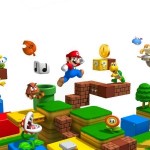
Super Mario 3D Land review
The more things change, the more they stay the same. Playing through Super Mario 3D Land you’ll find it is impossible to not reminisce about our portly plumber’s past adventures and the way things used to be, such is the multitude of items and characters from yesteryear that make an appearance; some are just how you remember, but others have been tweaked to sit more comfortably within this latest outing. Cynics would suggest that Nintendo is on increasingly thin ice regarding the recycled game play ideas and recurring items we so frequently see within the Mario series and they may have a point. Super Mario 3D Land may be light in terms of pure innovation but when all this retro flavouring is so much fun you’d need to have a heart of stone to not adore this game for what it is – a charming love letter to all things Mario pre-1997, as if Nintendo sat down and decided that most of the new-fangled stuff in Mario’s 3D outings from the N64 onwards should be swept away to celebrate what made the old-school 2D Mario games of old so great in the first place.
That’s not to say that all of this talk of lack of innovation means there’s a lack of ideas. SM3DL may not have some genuinely new stuff to do but it certainly isn’t afraid to stuff itself full to rafters of neat things that takes what we’ve seen many times but mixing it up to present puzzles and challenges in new and unique ways. Of course, it’s not all completely old school and there’s a fair few elements that we’ve seen in the recent Mario games too in order to make everything feel fresh but familiar at the same time so that the game almost comes off as a portable version of Super Mario Galaxy, with the spherical levels swapped out for something a bit more in keeping with what we’re used to. This wave of familiarity is enough to ensure that even the staunchest die-hard will still have a good time and young newcomers to Nintendo’s flagship franchise will be entranced by gameplay that is as bewitching as ever.
Turn the game on and the SM3DL logo floats tantalisingly in front of your eyes as Mario scampers and leaps over some blocks behind it. The music immediately gets the nostalgia neurons firing and we move on to start a new game. The opening intro depicts a dark and stormy night with a tree having all its super leaves being blown away, presumably so that Mario can go and grab them all later. We then get shown a really nice postcard from Princess Peach – or maybe it’s from Bowser who’s gloating – with artwork that’s straight out of Super Mario Bros. 3 telling our hero that she’s been kidnapped (again!) and then we’re straight off to the first world.
There’s eight worlds in total that are laid out in a similar way to the world map in Super Mario Galaxy 2. There’s no discernible theme this time round (for example, world two is not the obligatory desert world). Within each world map Mario makes his way from level to level until he reaches the end where you take on a boss, which could be Bowser’s castle in one world or a fleet of floating airships the next. The bottom screen is a plain and simple line diagram showing your progress through the world with a charming Mario sprite straight out of his first title on the NES marking your position, while the top screen shows a spinning model of the level you’re currently on, just as you’d see in the Super Mario Galaxy games, with a fully rendered Mario running on the spot stomping his feet impatiently, beads of sweat flying from his head. Within each world map you also have a Toad Mushroom house and the occasional purple block challenge. These take you inside the block’s all-white interior and task you to collect all the items, be it star medals, a super leaf or fire flowers, within the ten second time limit. There’s also street pass functionality built in so that the items you win in these purple block challenges can be exchanged. I was unable to try out this feature during my play test but it does seem intriguing. There’s three star medals to be found in each level, and collecting them all allows you to open up another level later on that can only be accessed if you’ve found enough.
The levels themselves are all quite small when compared to Mario’s other 3D games, but this helps keep everything feel tight and focused. Rather than being large open-plan areas like in Super Mario 64, they instead mimic what we’ve seen in the Galaxy games, so that they are a close approximation to the 2D side-scrollers of old. The camera cannot be controlled and sits in a fixed position, but it zooms in and out as you progress to enable you to fully take in what is going on, and on some levels it pans and tilts on its own accord; one early highlight being where it shifts to an overhead view as you head towards a series of descending platforms and have to use the proper block to make your way down. It’s a very clever visual trick and can be really vertigo-inducing if you’re that way afflicted, particularly when the 3D is turned on and it has to be seen to be believed.
It’s sometimes hard to believe that a handheld device of this small size can chuck out such gorgeous visuals. The actual look of the thing is very similar to Super Mario Galaxy. The levels have primary colours in abundance and the graphics are truly beautiful. The 3D is very nicely applied; never being too overbearing and whilst it is not essential to play the game, having it turned on is a real bonus as it provides excellent spatial awareness and some of the levels really benefit from it. It’s the first 3DS game where I’ve left the 3D turned on long after the initial wow factor has worn off. Nintendo have designed the game to take full advantage of the 3D with Mario running towards the screen and back again as he makes his merry way continually to the right, but ensuring that as great and immersive it is, it is never a necessity in order to progress and you can turn off the 3D with no barrier to your progress.
There’s been a lot of chatter about the use of a run button and at first I do admit that it feels weird guiding Mario around a open 3D space with the circle pad not governing your speed. Moving Mario around will only ever be at walking pace until you hit that run button. You wonder why Nintendo have taken this seemingly backwards step in the control design, but it soon clicks as you move through the first few levels; having your speed tied to a button rather than by how far you push the circle pad actually makes things far more accurate and you feel that you have far more control over Mario. I can imagine just how many mistakes and unplanned deaths were occurring if ever Mario was controlled as he is in his other 3D games. One touch of the circle pad in some of these intricate levels would have seen Mario running to his death over the edge. After a while you’ll wonder why you were ever worried, it works very well and makes some of the trickier levels easier to navigate so for me it’s a good move.
One thing I did find is that the game overall is a bit on the simple side. Of course, my age and experience (I’m 30 and have been playing games since the early 90s) swing in my favour so younger gamers may find it more of a challenge, but compared to Mario’s other outings the difficulty has definitely been reduced. Not that it’s a major issue though as the levels are all great fun and they have some ingenious design ideas running through them. One level has a network of red and blue panels that you must use to make your way forward; whenever you jump it makes all the tiles of one colour fold away leaving nothing but vast empty space beneath. Jump again and that colour will fold back up to form a stable platform but the other, previously visible colour tiles will fold down. This continual to-ing and fro-ing of tiles means that you have to plan every move before you jump and it gives the designers the scope to craft some fiendish pathways through to the end of the level and it makes it very tense knowing that you’re just one jump away from death; something that the Mario games have always been very good at. Most levels will take a few minutes to get through and after an hour of playing I had already got to the end of world two, so by that logic you’re talking about an adventure that will take 6-7 hours to clear, although you do have the added side-challenge of finding all the star medals in each level to add to the longevity and some of those are very cleverly tucked away so it could take a while!
I think the thing that strikes me the most is all the little things that you’d invariably miss the first time round, only to spot them when you play again. All the little visual touches, the audio cues to games from the past, the way that long-established genre staples have been evolved to suit this game. Toad’s house has that tune playing when you go in; Goombas that have their own Tanooki tails that waggle as they run; the way you jump on an enemy and the coin is instantly added to your running total rather than you having to go chasing it. All little things admittedly but the joy is in the detail and the way Nintendo have taken existing things and re-invigorated everything for a modern audience is very clever and SM3DL is full of incidental tweaks like this. You cannot help but just sit and stare at it all in wonder.
I’ve been guilty in the past of pre-judging SM3DL before playing it. It all looked so samey and dare I say a little bit boring. I said at the time that I should have known better, and having this opportunity to play through the game properly has only re-enforced my shame at thinking such things of Nintendo’s latest release. SM3DL is nothing short of superb and for all the talk of lack of difficulty and gameplay elements that we’ve all seen before, there’s been enough of a re-jigging across the board to ensure that anyone who plays this is going to have a whale of a time for the whole duration. That just goes to show (and it’s what the Mario games are so good at when compared to their contemporaries) that as long as you are having fun nothing else matters.
5/5
Categories: Reviews
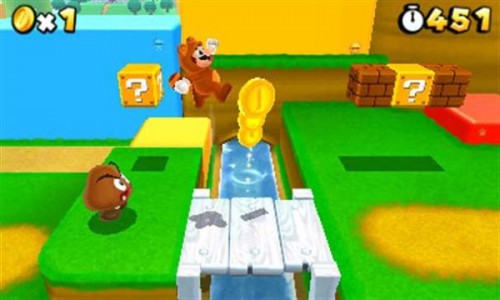
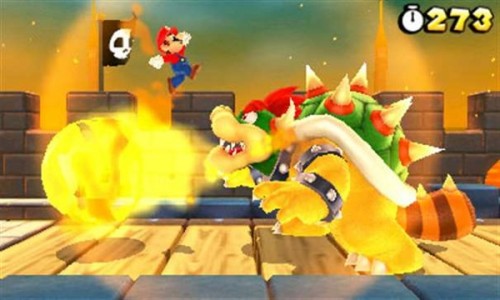
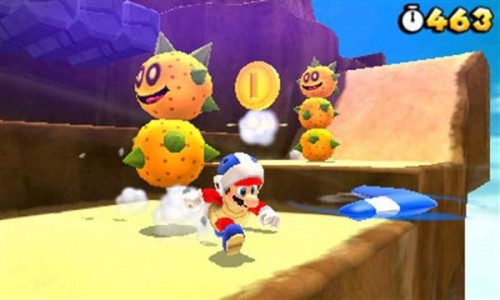
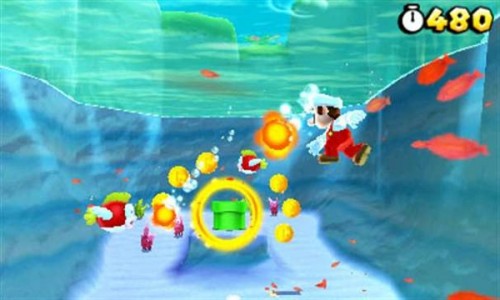
0 Comments
This post has been left all alone with no comments. Don't leave it lonesome - give it some company with a comment.